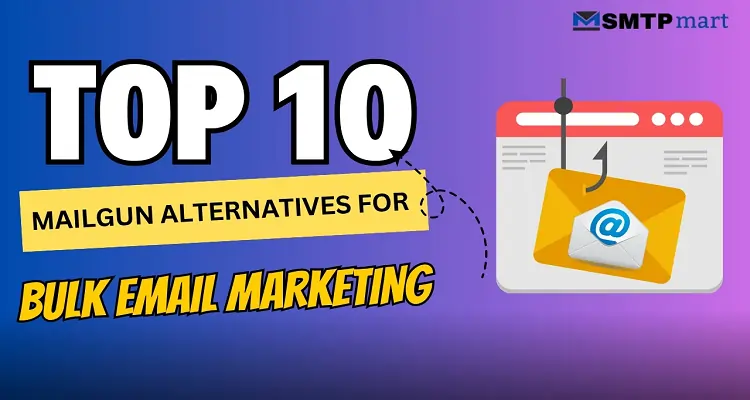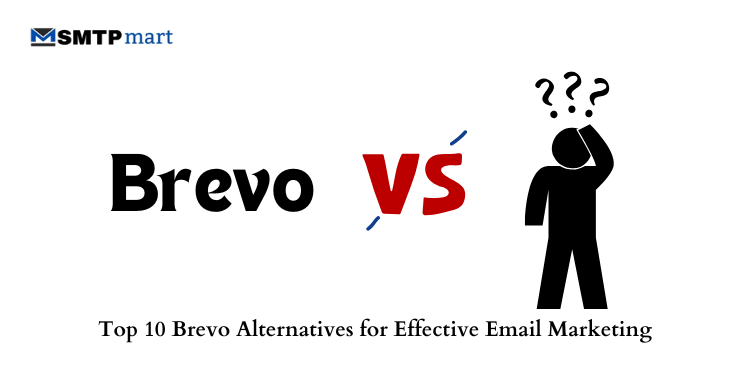Do you know about cold emails vs warm emails? What exactly do these terms mean, and how do they impact your business communication? It is important to understand both email types to reach people in the right way. Each serves a unique purpose and, when used correctly, can help you generate leads, build relationships, and increase conversions.
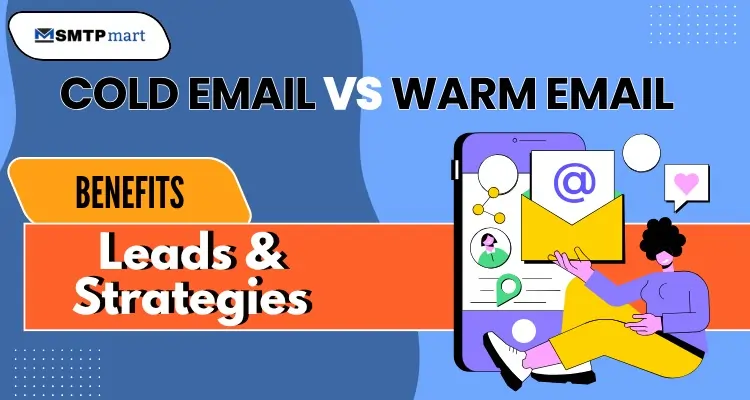
In this complete guide, I’ll break down the differences between cold and warm emails, explain when to use each, and share proven strategies to get better results.
What is a Cold Email?
A cold email is a message sent to someone who has no prior relationship with you or your business. The recipient doesn’t know you, hasn’t interacted with your company, and hasn’t signed up for any of your services.
Cold emails are usually used for:
- Reaching out to potential clients
- Building B2B partnerships
- Starting a conversation with decision-makers
- Introducing your products or services
A cold email is like a cold call, but in written form. It requires a good strategy, a compelling message, and a personalized approach to grab attention.
What is a Warm Email?
A warm email is sent to someone who already knows you or your business. This could be someone who visited your website, downloaded a resource, subscribed to your newsletter, or interacted with you in any way.
Warm emails are more targeted and often more successful because the recipient is already familiar with you.
Warm emails are usually used for:
- Following up on previous conversations
- Nurturing leads
- Providing value to existing contacts
- Pushing prospects down the sales funnel
Key Differences for Cold Email vs Warm Email
Here are the key differences between cold email and warm email. This table will help you understand how they are used, who they are sent to, and why choosing the right one can improve your outreach results.
| Feature | Cold Email | Warm Email |
|---|---|---|
| Relationship | No prior relationship | Existing relationship or interaction |
| Purpose | Outreach to new leads | Nurturing existing leads |
| Tone | Introduction focused | Value focused |
| Success Rate | Lower | Higher |
| Personalization | Required to stand out | Easier due to existing info |
| Tool to Use | SMTPmart | iDealSMTP |
Cold Email vs Warm Email in Lead Generation
When it comes to lead generation, cold emails can help you discover new prospects, while warm emails help you move those prospects closer to becoming customers.
- Cold emails are great for top-of-the-funnel outreach. They help you find people who might be interested in your offer.
- Warm emails work best in the middle or the bottom of the funnel. They help build trust and convert leads into sales.
Both play a key role in a successful lead generation strategy.
Benefits of Warm Emails Over Cold Emails
Cold emails can help you reach new people, but warm emails work better in many ways. Here’s why:
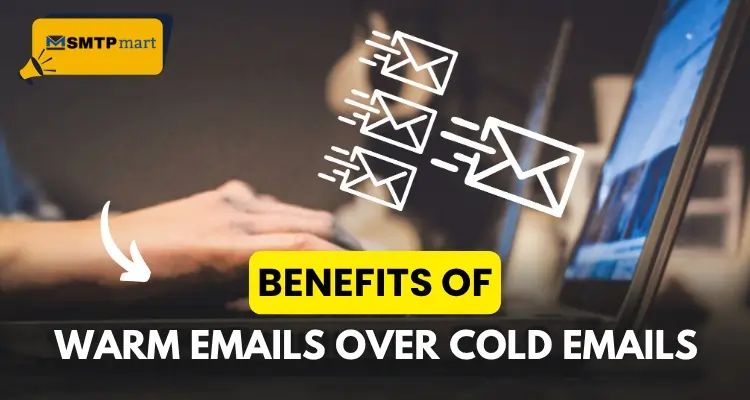
- More People Open Them: When someone already knows you or your business, they’re more likely to open your email.
- More Replies and Clicks: Warm emails often get more responses because the person already trusts you and is interested in what you offer.
- Built-in Trust: If someone has seen your name before or talked with you, they’re more likely to believe what you say.
- Better Chance of Making a Sale: People who already know you are more likely to buy from you or take the next step.
- Stronger Relationships: Warm emails help you keep in touch and build better relationships with leads and customers.
- Less Effort, Better Results: You don’t have to work as hard to explain who you are, so you can focus more on helping them.
- Faster Decisions: Warm leads often move quicker through the sales process because they’ve already shown interest.
Cold vs Warm Email Open Rates Comparison
Here is the open rate comparison between cold vs warm emails. Studies show:
- Cold emails have open rates between 15-25%
- Warm emails can have open rates as high as 40-60%
The reason is simple: familiarity. If your name or brand is already known to the recipient, they’re more likely to pay attention to your message.
How to Convert Cold Emails into Warm Leads
Turning a cold lead into a warm one takes time and effort, but it starts with building a real connection. The first step is to personalize your cold email. Use the person’s name, mention their company, and show that you’ve done a bit of research. This makes your message feel more genuine and less like a mass email.
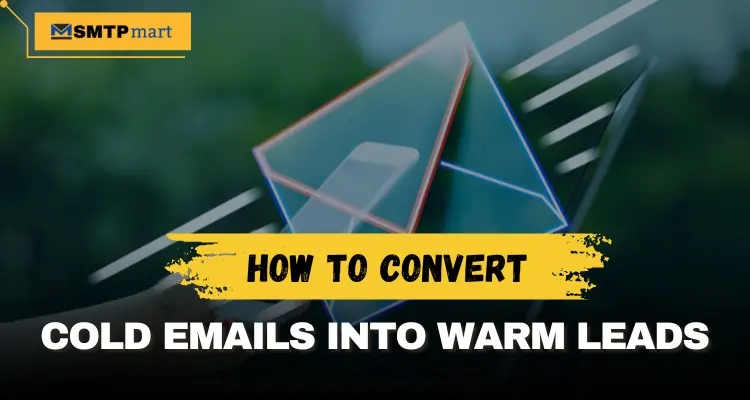
Next, focus on offering value rather than just selling your product or service. Share something helpful, like a case study, a useful article, or a practical tip that relates to their business. If you don’t hear back, don’t give up; send a polite follow-up email. People are often busy and may miss the first message.
You can also engage with them on other channels like LinkedIn or by commenting on their blog. This helps you become more familiar and trustworthy.
Finally, include social proof in your emails, such as results from other clients or testimonials. This builds credibility and makes it easier for them to trust you. Over time, these steps can help turn a cold contact into a warm, interested lead.
How to Write an Effective Warm Email
Writing a warm email is easier because you already have a connection. Still, it must be done thoughtfully. Here are some essential points to look at:
- Start with Context: Mention how you know the person or why you’re reaching out.
- Be Helpful: Share something of value based on their interests or needs.
- Make It Personal: Reference past conversations or actions they took.
- Use a Clear Call to Action: Let them know what you want them to do next.
- Keep It Short and Friendly: Respect their time and sound human.
Warm Email Follow-Up Strategies for Sales
Following up is very important when someone already knows you. These tips will help you send better follow-up emails and keep the conversation going:
- Send a follow-up in two to three days: Do not wait too long. If you wait, the person might forget about you.
- Share something helpful in every email: In each follow-up, include something useful. This could be a tip, a short article, or an idea that can help them.
- Use a new subject line: If they do not reply, try a different subject line. This helps your email stand out and not look the same as before.
- Be kind and patient: Do not push too hard. Give them time to read and reply. Always sound friendly and respectful.
- Use tools to remind you: You can use tools to help you send follow-up emails on time. But make sure each email still feels personal and not like a copy-and-paste message.
By following these simple tips, you can stay in touch, build trust, and help the person take the next step.
Cold Email vs Warm Email for B2B Outreach
In B2B marketing, both cold and warm emails are essential.
- Use cold emails to identify and connect with decision-makers.
- Use warm emails to build on those relationships and convert them into business deals.
For example:
- A cold email might introduce your software to a company’s manager.
- A warm email would follow up after a product demo or webinar they attended.
Both are powerful when used in the right order.
Examples of Cold and Warm Emails
Here are some examples of cold and warm emails:
Cold Email Example:
Subject: Quick question about [Company Name]
Hi [Name],
I came across [Company Name] and was really impressed by your work in [industry]. I help businesses like yours improve [specific benefit] using [your service/product]. Would you be open to a quick call next week?
Best,
[Your Name]
Warm Email Example:
Subject: Great chatting at [Event Name]
Hi [Name],
It was great speaking with you during [event/webinar]. I wanted to follow up and share a resource that aligns with our conversation on [topic]. Let me know if you’d like to explore this further.
Best,
[Your Name]
When to Switch from Cold to Warm Email
It is important to know the right time to stop sending cold emails and start sending warm emails. You should make the change when the person shows any interest or takes an action. For example:
- They reply to your cold email
- They visit your website or download something
- They connect with you on LinkedIn
- They sign up for your newsletter
Once any of these things happen, the person is no longer cold. They now know about you or your business. From this point, you should treat them as a warm lead. Start sending friendly and helpful emails that build trust and keep the conversation going. This will help you move them closer to becoming a customer.
Cold Email and Warm Email Strategies for Startups
Startups need to be smart and efficient when reaching out to potential customers. Using the right email strategy can help save time and bring better results. Here are some simple strategies for both cold and warm emails:
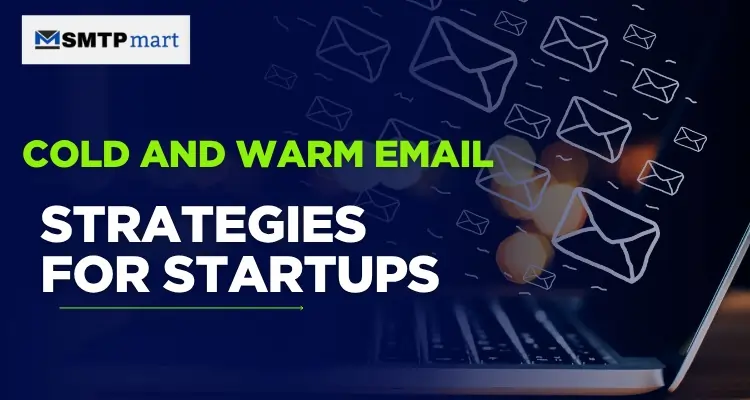
Cold Email Strategy
Here are some cold email strategies:
- Create a high-quality list of the right people to contact
- Personalize each email to make it feel more human and relevant
- Use short, clear, and interesting subject lines to grab attention
Warm Email Strategy
Here are some warm email strategies:
- Use email tools to send follow-up sequences automatically
- Focus on building trust and offering helpful information
- Keep an eye on how people interact with your emails and adjust as needed
By using both cold and warm emails the right way, startups can reach new people, build strong relationships, and grow faster.
Conclusion
Understanding the difference between cold emails and warm emails is essential for any sales or marketing professional. Cold emails help you start conversations. Warm emails help you turn those conversations into deals. Use both types of emails strategically, focus on value, stay human in your communication, and you’ll see better results over time.
Whether you’re a startup or an established company, mastering cold and warm email techniques will help you build relationships, grow your business, and increase revenue.
FAQs
Here are some frequently asked questions about cold email vs warm email:
A cold email is a message sent to someone who does not know you or your business. They haven’t interacted with you before. It’s often used to reach new leads, offer your services, or start business conversations.
A warm email is sent to someone who already knows you or your business. They may have visited your website, downloaded something, or talked to you before. Warm emails usually get more replies and build stronger connections.
To switch from cold to warm email:
Replies to your cold email
Visits your website
Sign up for your newsletter or download something
Connects with you on LinkedIn or another platform
These actions show they now know you. It’s time to send a more personal and helpful message.
Warm emails work better because the person already knows who you are. They trust you more, so they’re more likely to open your email, reply, or take action.
Both can be effective depending on the situation. Cold emails help you start new conversations. Warm emails help you continue those conversations and turn leads into customers.
